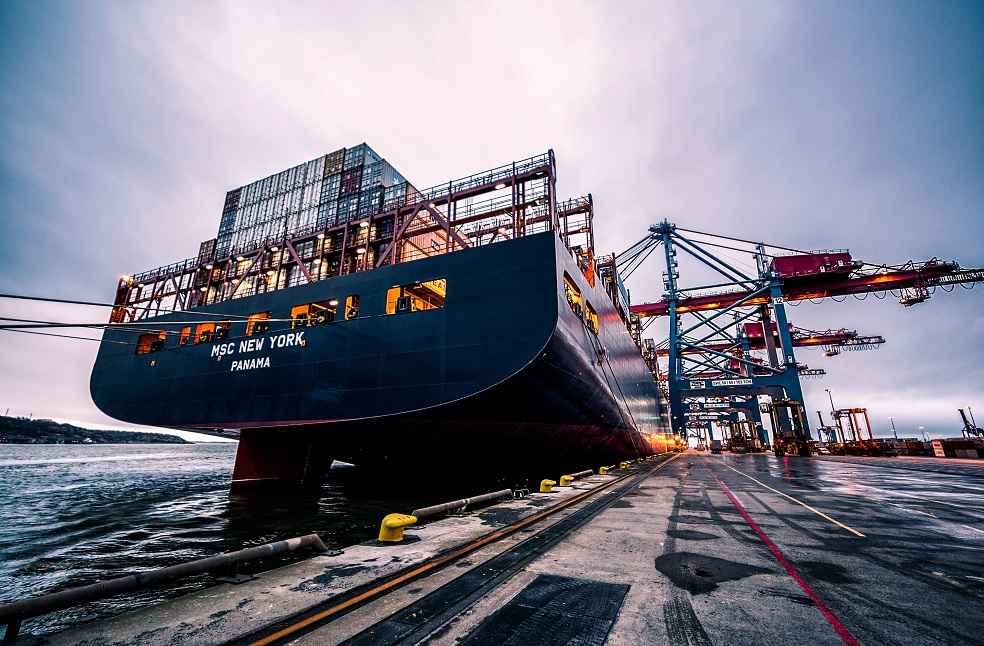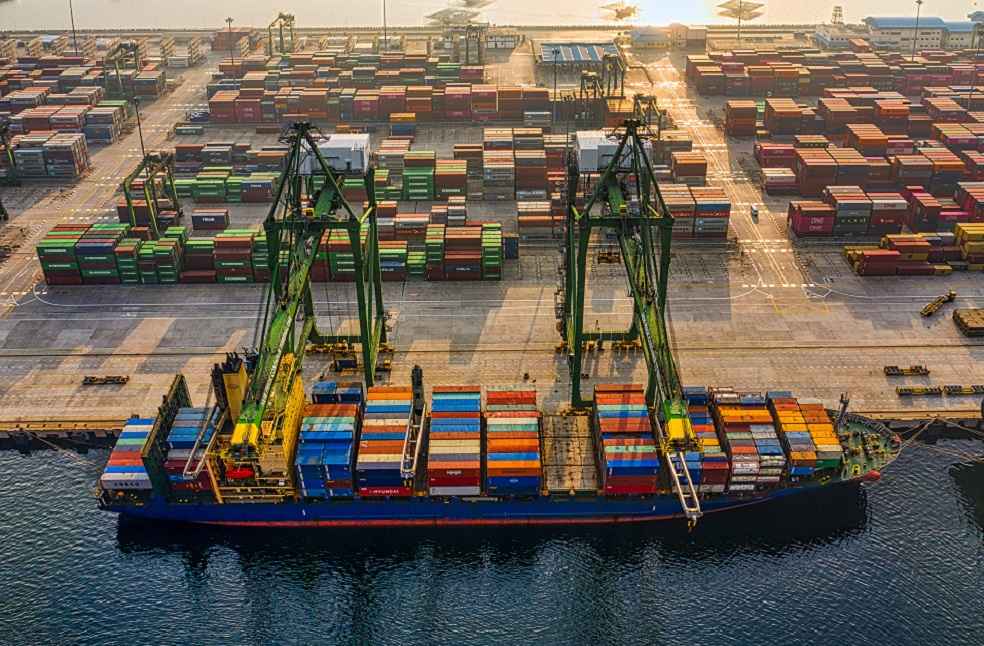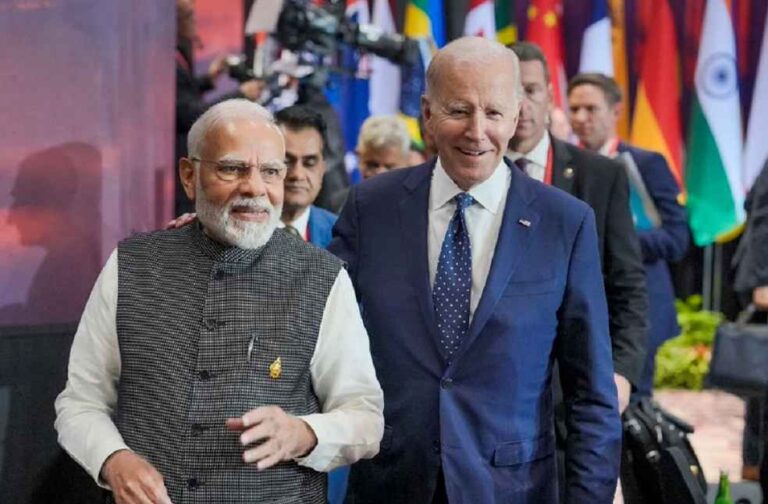Countering China’s escalating influence within the region prompts the United States to turn its strategic attention towards India. In envisioning India as the “Indo-Pacific Naval Logistics Hub,” the United States aims to amplify readiness across the Indo-Pacific. This designation denotes India’s anticipated significance in naval resupplying and upkeep activities across South Asia, thereby strengthening the strategic balance in the region.
US President Joe Biden and Indian Prime Minister Narendra Modi have decided to strengthen defense and economic alliances at the White House summit in recent weeks. The new agreement that emerged from that summit underscores their deepening bilateral ties and shared geopolitical ambitions.

A principal aspect of this initiative entails the establishment of an Indo-Pacific regional center for ship repair and maintenance located within India. Following the inception of the India-US Defense Acceleration Ecosystem (INDUS-X), the US affirms its commitment to fortify India’s naval and maritime structures.
The inception of INDUS-X occurred during Prime Minister Modi’s state visit to the U.S., creating a platform to stimulate defense industrial cooperation between both nations. Confirmation from a Defense Department spokesperson made it evident that consolidating defense ties has become the core of their strategic alliance. This vision aims to mold India into a critical logistics nexus for the U.S. and its Indo-Pacific allies.
The U.S. Navy already possesses numerous support facilities scattered across the Indo-Pacific expanse. This network comprises the Fifth Fleet stationed at Mina Salman within Bahrain, utilizing various regional sites for ship maintenance and repair. The Seventh Fleet, based at Yokosuka, Japan, forms another part of this network. The U.S. Navy also maintains facilities at the Changi Naval Base within Singapore and returned to Subic Bay, the Philippines, during 2023.

By inviting India into this extensive network, the U.S. garners the capacity to reinforce maritime efforts for itself and its allies. Of greater importance, this move obstructs China from securing strategic positions within India, particularly given China’s swelling naval presence at Djibouti, Pakistan’s Gwadar, and Sri Lanka’s Hambantota port.
The inception of INDUS-X and the subsequent development of India’s naval facilities aim to reinforce the capacity of allied forces within the Indo-Pacific region. With China’s mounting influence within the region, ensuring access to Indian maritime structures becomes a strategic obligation for the U.S.
As the U.S. amplifies its naval infrastructure network, India is poised to become a critical element within the United States Regional Support System. Comprehensive defense partnerships now stand firm, paving the way for a maritime shift within the Indo-Pacific region – Yes, one where India rises as an essential naval logistics hub.
SECURITY | Smartwatch Market Thrives Amid Growing Hacker, Data Breach Concerns



